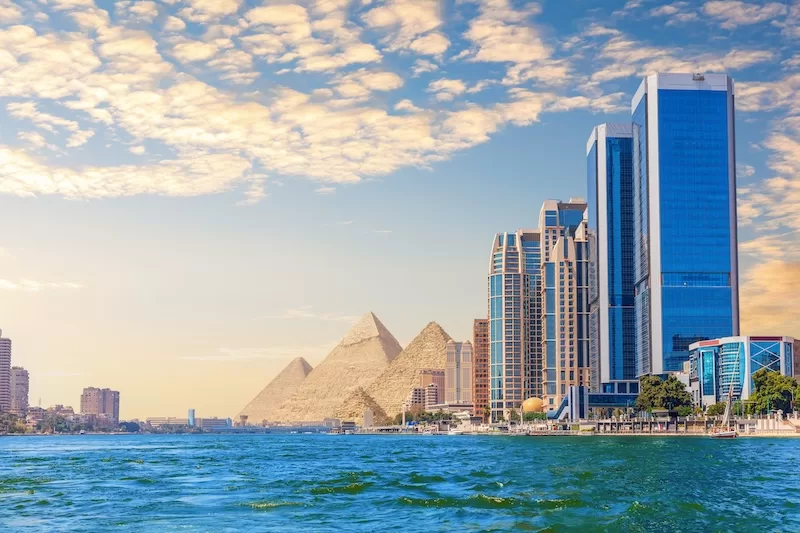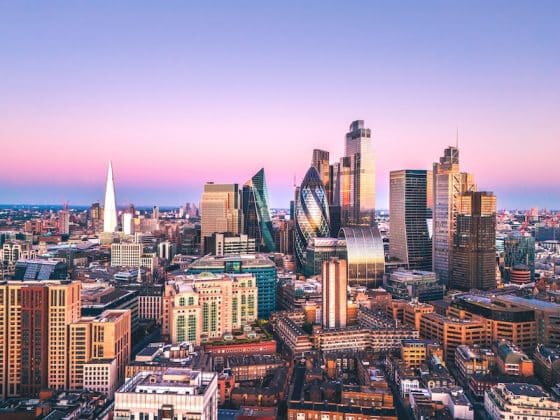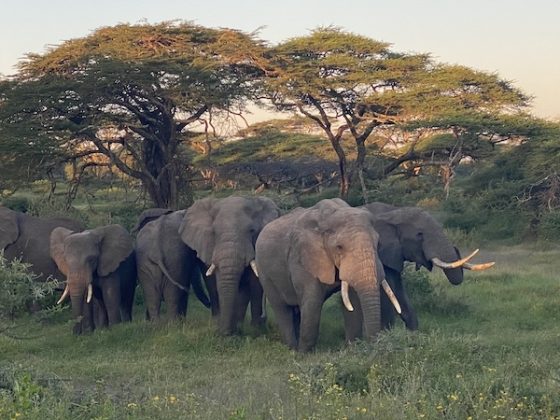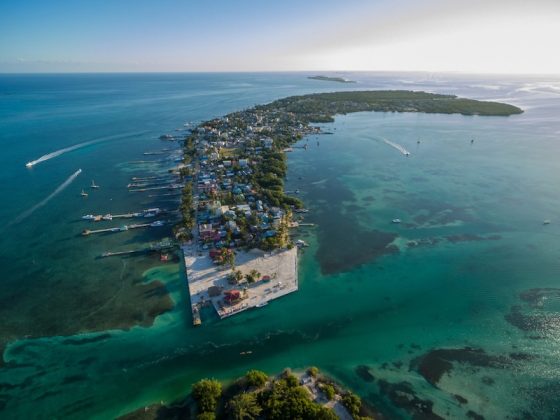Egypt Real Estate: A Land Where Time Still Breathes
Egypt is a country where time doesn’t pass—it lingers. It hums through the desert winds, glows upon the limestone of ancient temples, and flows eternal in the veins of the Nile. Yet today, those same winds carry a new rhythm—the hum of cranes, the pulse of ambition, the echo of glass towers rising beside mosques and minarets, reflecting the rapid growth of Egypt real estate.
From Giza’s golden horizon to the shimmering skyline of the New Administrative Capital, Egypt is rewriting what it means to build. It is not only reconstructing cities—it is rebuilding confidence. For decades, Egypt was a land admired for its past but underestimated for its future. But in 2025, the conversation has shifted. The question is no longer “Will Egypt rise?” but rather “How high will it go?”
The Renaissance Beneath the Sun
What’s unfolding across Egypt’s cities is not just a construction boom—it’s a cultural renaissance. Where tourists once came to marvel at relics of the past, investors now arrive to witness the architecture of tomorrow.
Over the last decade, Egypt has transformed its economic backbone. Currency reforms, visionary laws, and massive infrastructure projects have reshaped its identity—from a country of monuments to a country of momentum.
In numbers, the transformation speaks loudly:
- More than 1.3 million housing units were delivered between 2020 and 2024—a record across North Africa.
- Foreign property investment climbed by 46% in 2025, drawing global attention to Cairo, Alexandria, and the Mediterranean coast.
- The Egypt real estate sector now exceeds $37 billion in value.
But beyond the digits lies a deeper story—one of a nation rediscovering the art of permanence.
When inflation tested the patience of its people, Egyptians turned not to the stock market but to stone. They built. They invested in something they could touch, walk through, and pass on.
As one Cairo architect told me,
“Here, we don’t just buy houses. We buy history—even if it’s still being built.”

Cairo Egypt Real Estate: Where the Past Teaches the Future
Cairo is not just a city; it’s a living organism. It sweats, sighs, and never sleeps. But for the first time in centuries, it’s expanding in ways that feel deliberate—measured, visionary, hopeful. The old capital, long defined by the dense warren of Downtown’s colonial façades, is now giving way to wide boulevards and smart compounds.
To the east lies New Cairo, a district where the morning call to prayer mingles with the sound of fountains inside gated villas. Communities like Palm Hills, Mivida, and Katameya Dunes set a new standard for comfort—wide roads, energy-efficient homes, and skyline silhouettes that shimmer under the desert sun.
Meanwhile, on the city’s western flank, Sheikh Zayed and 6th of October City attract families, creatives, and young professionals looking for something Cairo once struggled to offer—balance.
Prices in these areas range between $1,000 and $1,200 per square meter, while rental yields reach a healthy 8–9%, rivaling Istanbul and Dubai.
But beyond data, something subtler is happening. Cairo is learning to breathe again. Its chaos, once its curse, is becoming its character.
During my recent visits to Cairo and the North Coast, I witnessed how international investors are merging with local visionaries. It’s not just business—it’s a cultural handshake between modern ambition and ancient soul.
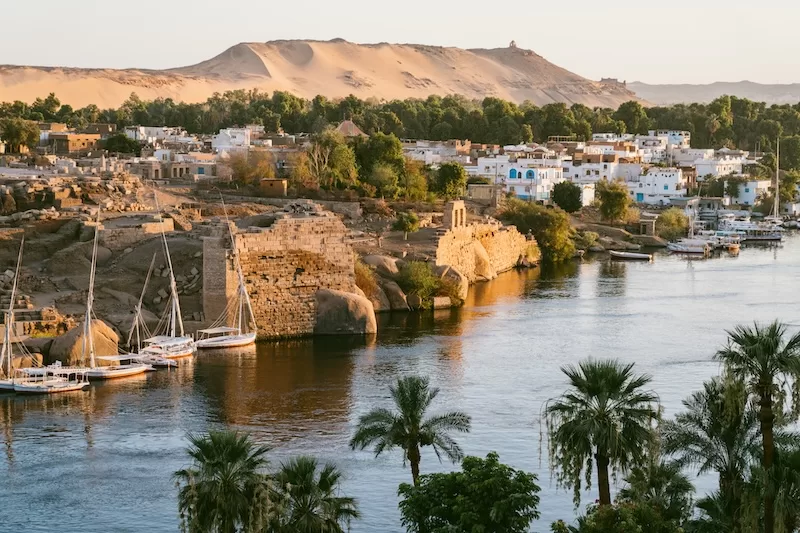
The Golden Thread: Where Heritage Fuels Ambition
To understand Egypt’s modern skyline, you must look through the lens of its oldest landmarks. The same hands that once carved limestone blocks in Giza now sketch blueprints for glass facades in the desert. The same belief that built pyramids for eternity now fuels a new generation of engineers designing for sustainability.
Egypt’s builders have always understood one thing: legacy is the truest form of investment.
Today, that legacy manifests through technology, energy efficiency, and design. Government initiatives have reimagined urban planning—integrating solar grids, smart home systems, and vast green corridors.
The Green River Park, the beating heart of the New Administrative Capital, stretches for miles—a ribbon of life across the desert, symbolizing Egypt’s new direction: forward, but mindful.
The North Coast: The Mediterranean’s New Horizon
For generations, Egypt’s North Coast (El Sahel El Shamali) was the country’s secret summer escape—a stretch of powder-white sand and sapphire water where families fled the city heat, where the air tasted of salt and laughter. But today, that escape has evolved into an empire.
From Alexandria to Marsa Matrouh, the coast has become a 200-kilometer gallery of ambition. Resorts like Marassi, Hacienda Bay, and Gaia blend Mediterranean charm with architectural precision—whitewashed villas, infinity pools that vanish into the sea, and cafés that hum with Arabic, English, and Italian in the same breath.
Here, Egypt real estate is no longer about vacation—it’s about vision. Beachfront villas now command $2,000 to $2,500 per square meter, while second-row apartments range between $1,200 and $1,600.
The real story isn’t price—it’s permanence.
The new Alamein High-Speed Train now links Cairo to the coast in just two hours, transforming the Mediterranean from a getaway into a neighborhood. Developers are adding marinas, cultural centers, and open-air galleries to the mix. The coast is becoming what the Red Sea once was—a global address for those who dream in sunlight.

The Foreign Eye: When the World Discovers Egypt Anew
In recent years, foreign investors have begun to see Egypt differently—not as an exotic land of ruins, but as a country of rebirth. Delegations from China, the Gulf, and Europe now walk through Cairo’s new urban projects not as spectators but as partners.
Investors from Dubai, once the region’s undisputed magnet, are quietly acquiring properties in Egypt’s New Capital and coastal regions—drawn by lower prices, high yields, and a lifestyle that merges affordability with authenticity.
What sets Egypt apart is its duality—modern progress wrapped in timeless identity. You can stand on a balcony in New Cairo, watch a Tesla glide down a palm-lined avenue, and still see a farmer leading his donkey to the canal. It’s not a contradiction—it’s continuity.
Read more like this: Living in Dubai
The Human Pulse — Life Beyond the Cranes
Behind every skyline is a heartbeat—and the Egypt real estate boom is, above all, a story about people.
In Old Cairo, craftsmen restore villas from the 1920s, blending Italian marble with local stone.
In Aswan, young architects design eco-lodges using Nubian vaults—domed ceilings that cool naturally, a centuries-old wisdom reborn as sustainability. And in Downtown Alexandria, digital entrepreneurs rent art deco apartments, turning them into co-working spaces that fuse history with innovation.
The new generation sees building not as construction, but as creation. They’re not just changing skylines—they’re shaping self-image.
We’re not leaving Egypt to find inspiration,” said a 26-year-old architect from Mansoura. “We’re staying—to build it.
Vision 2030: The Architecture of Hope
Every generation in Egypt has built something that defined its time—from pyramids to palaces, from mosques to museums. Today’s generation builds cities. But unlike the stone monuments of the past, these new creations breathe, think, and adapt.
Vision 2030 is not just an economic plan—it’s a philosophy of existence. A belief that a nation’s spirit can be reflected in its skylines.
By the end of this decade, more than 60% of Egyptians will live in sustainable cities powered by clean energy and connected through intelligent infrastructure. That vision is already visible. In New Alamein, sunlight glints off mirrored towers as waves break below. In New Cairo, tree-lined boulevards absorb the morning rush with calm precision. And in the desert, a new city rises with fiber-optic veins, renewable lungs, and a beating digital heart. It’s as if the country decided not only to rebuild its economy—but to redesign time itself.
Read more like this: The New Africa Travel List for 2025
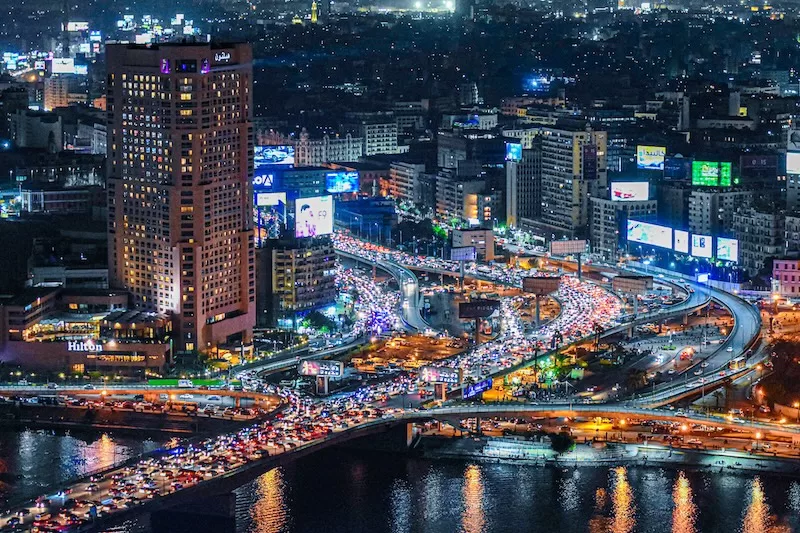
Between Pyramids and Profits Lies a Promise
Standing on the Corniche of Alexandria or the promenades of the New Capital, it’s impossible not to feel a quiet truth: Egypt has never truly stopped building. It only paused to remember who it was.
Now, the same hands that once carved gods into stone are shaping glass towers into reflections of possibility.
The same land that taught humanity how to build for eternity is teaching itself how to build for tomorrow.
Investing in Egypt today is not merely an economic decision—it’s an act of faith. Faith in continuity. Faith in a civilization that refuses to fade.
The Egypt real estate story, at its heart, is a love letter—from a country to itself. A declaration that progress can be proud, modernity can be soulful, and the future can still carry the scent of the Nile.
And perhaps that’s the essence of it all:
Between pyramids and profits lies a promise—that the story of Egypt is not finished, only redesigned.
Egypt doesn’t just build cities,” a developer told me recently. “It builds belonging.
Read more like this: The World’s 10 Most beautiful Countries
About the Author
Writer & Real Estate Analyst based in Cairo, exploring the intersection of culture, architecture, and human ambition across the Middle East .
Contact Author
"*" indicates required fields
Stay Ahead on Every Adventure!
Stay updated with the World News on Escape Artist. Get all the travel news, international destinations, expat living, moving abroad, Lifestyle Tips, and digital nomad opportunities. Your next journey starts here—don’t miss a moment! Subscribe Now!
